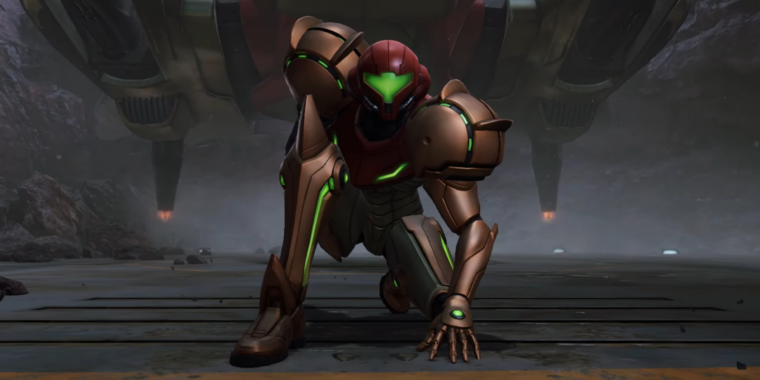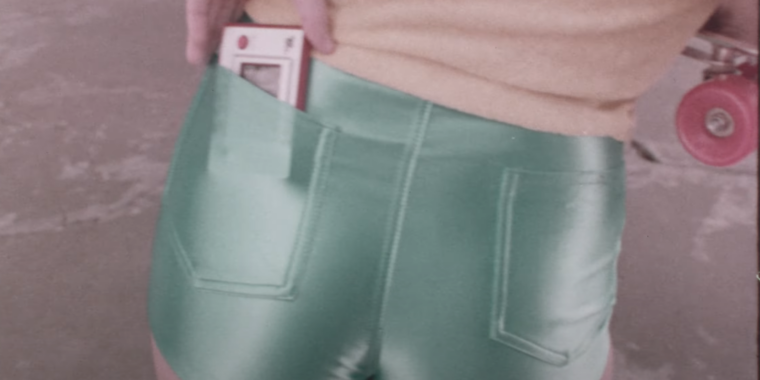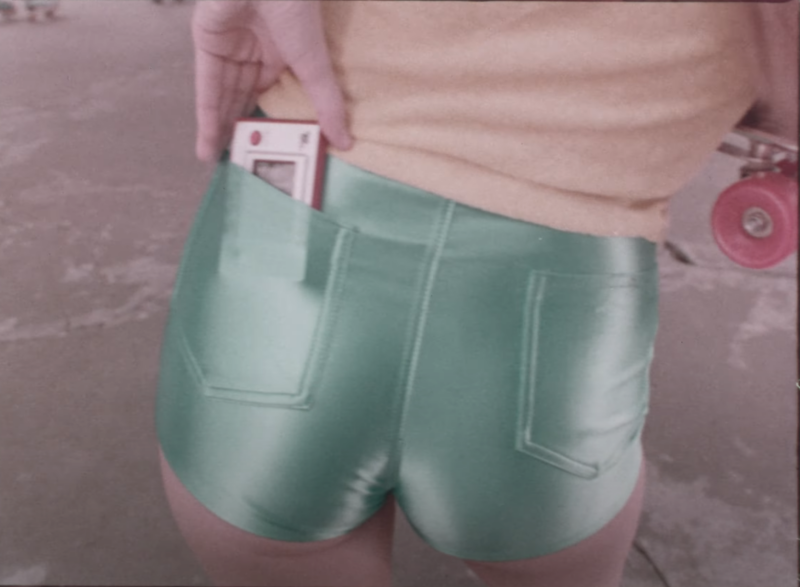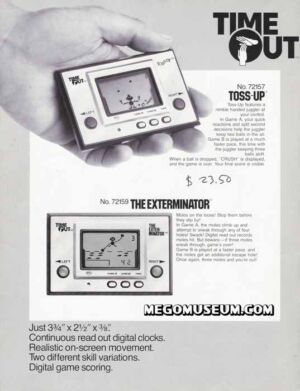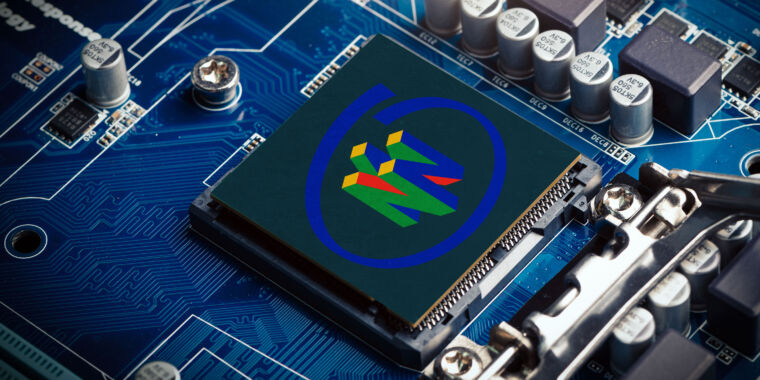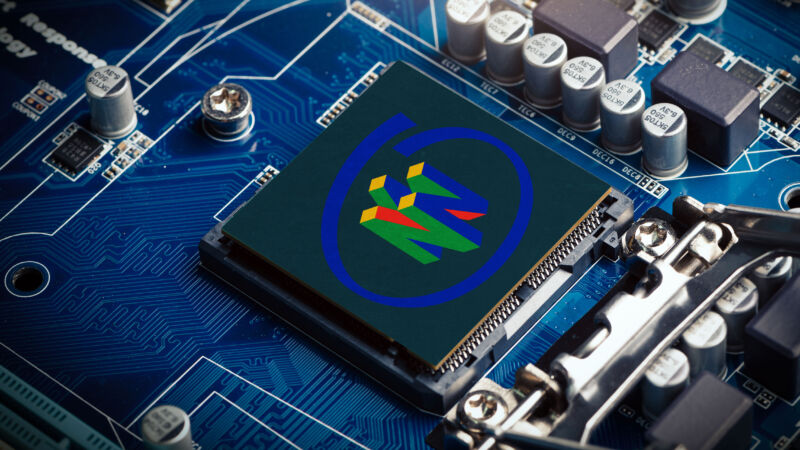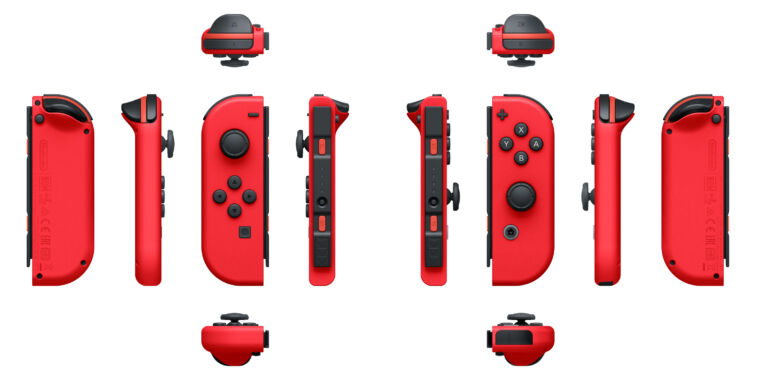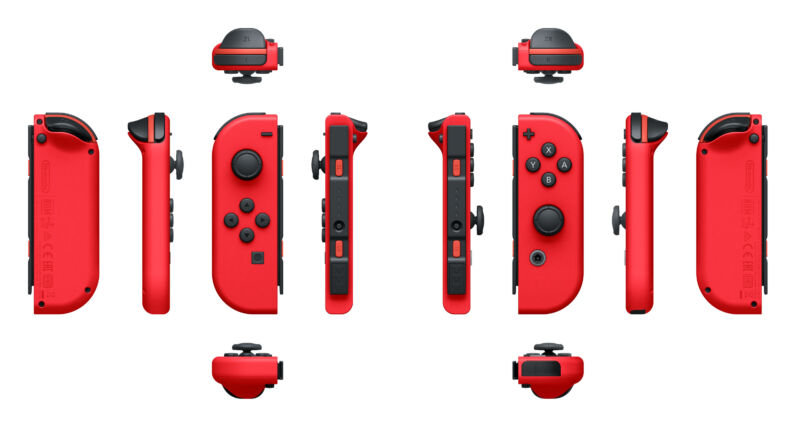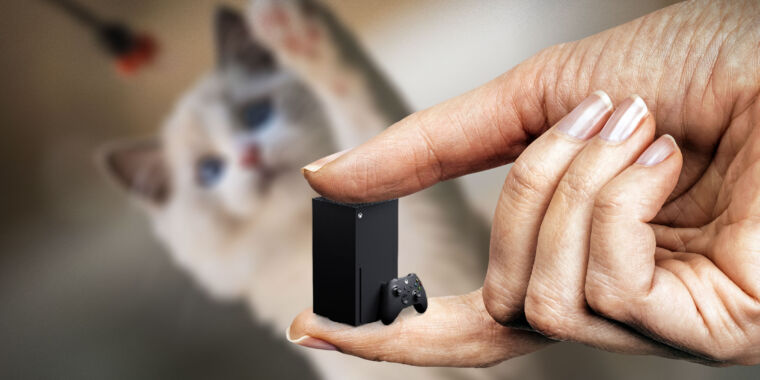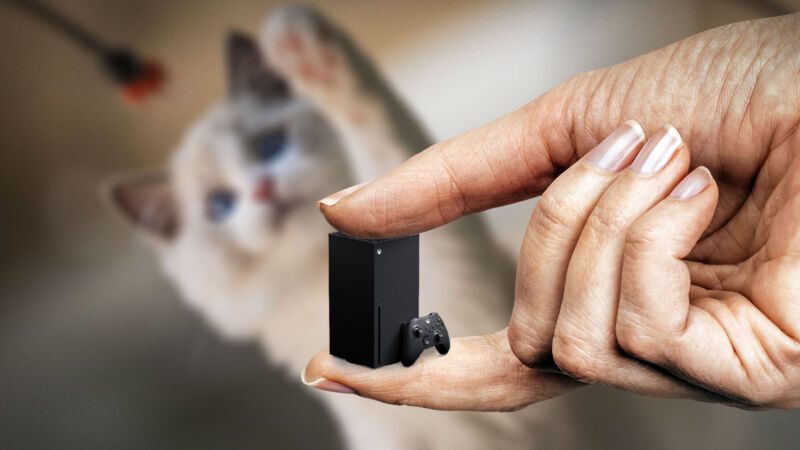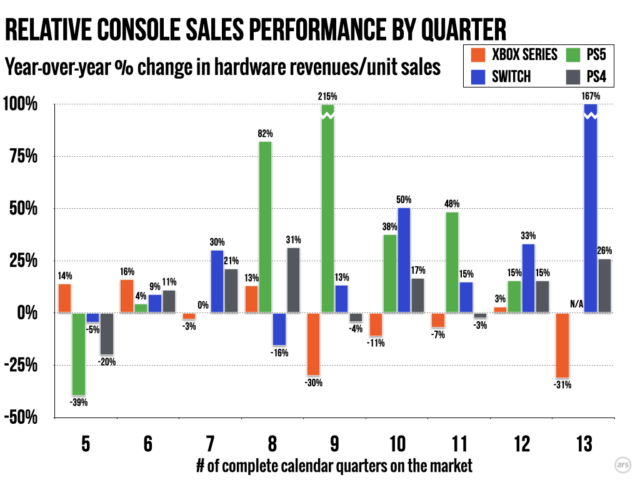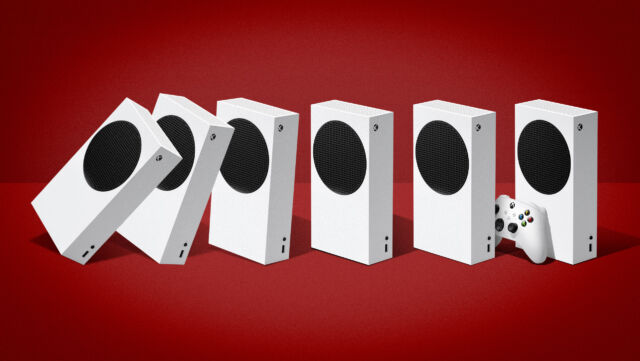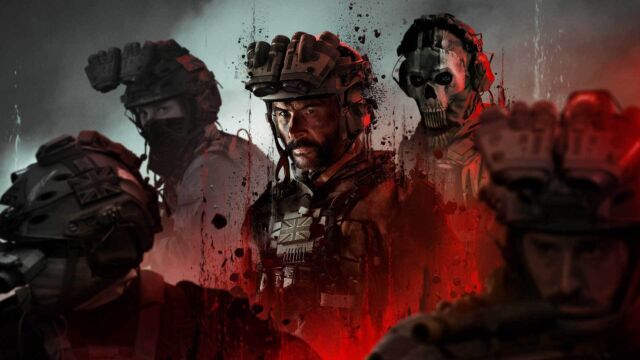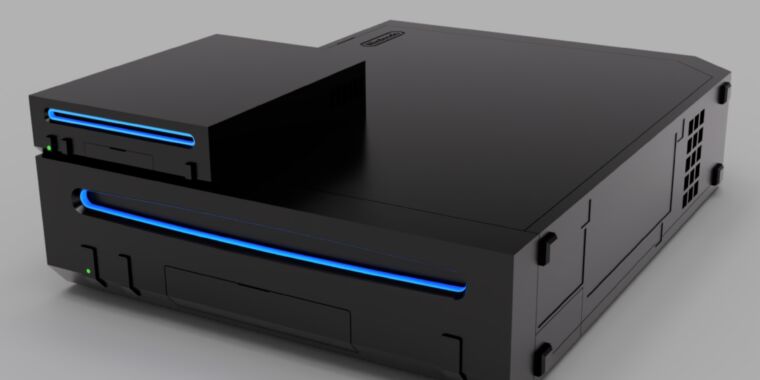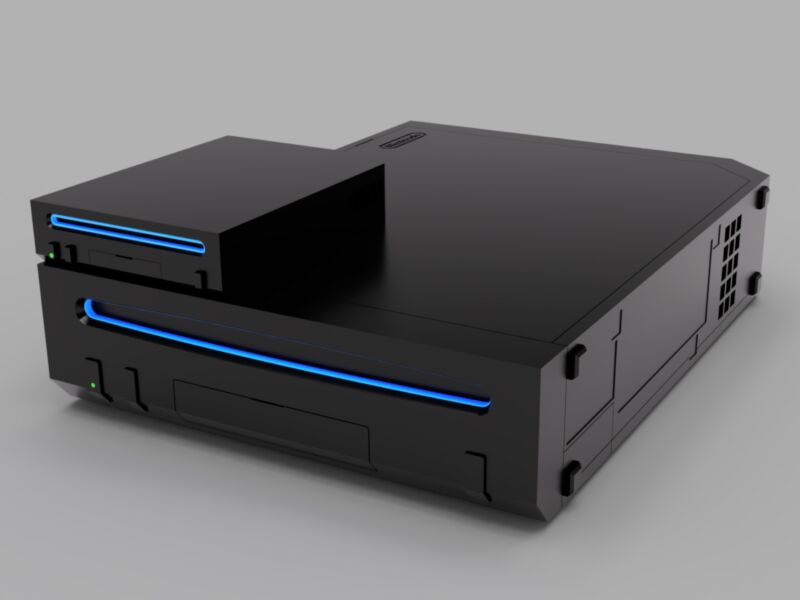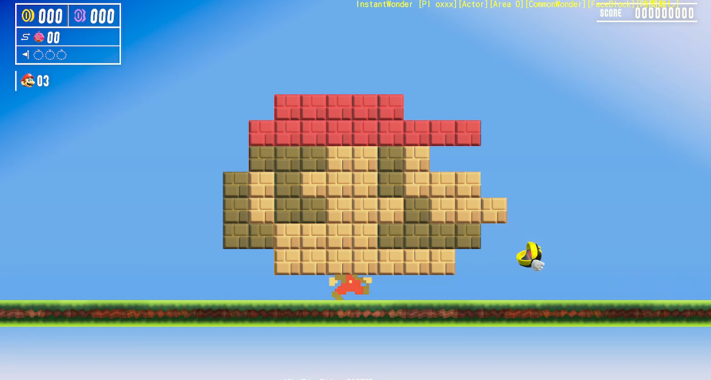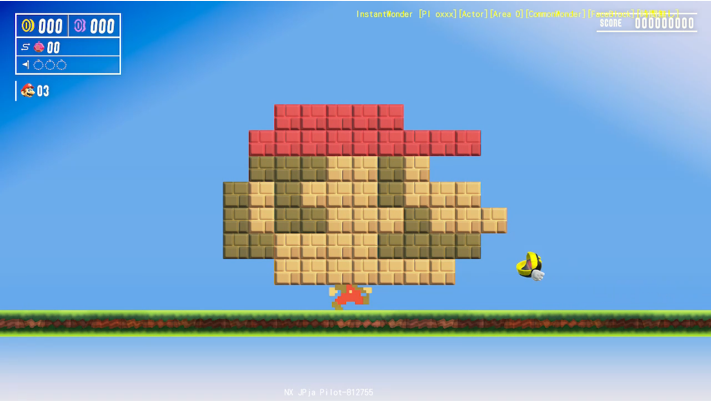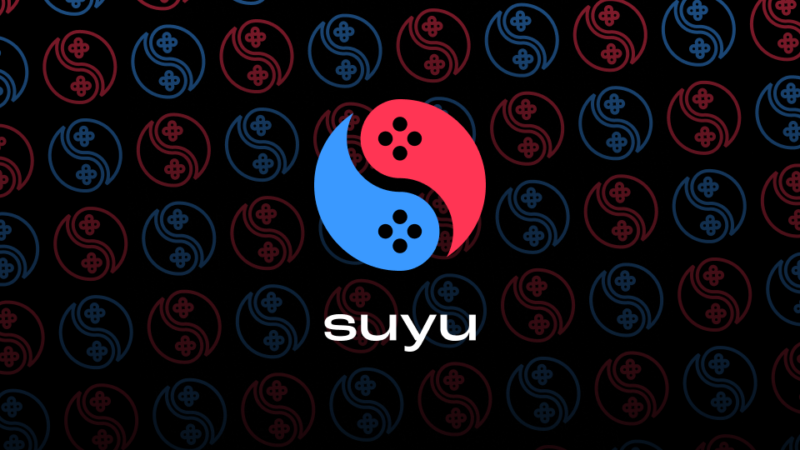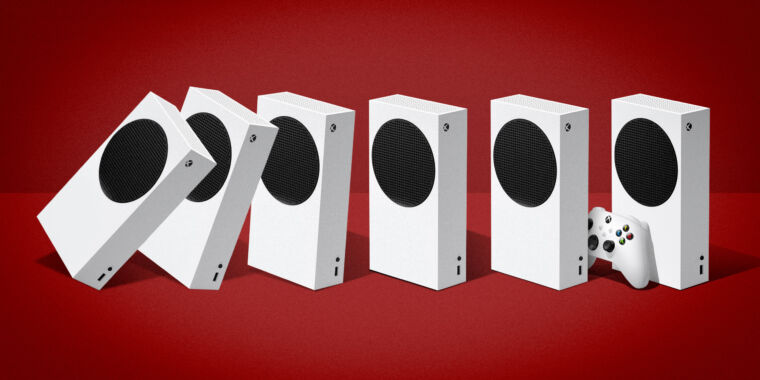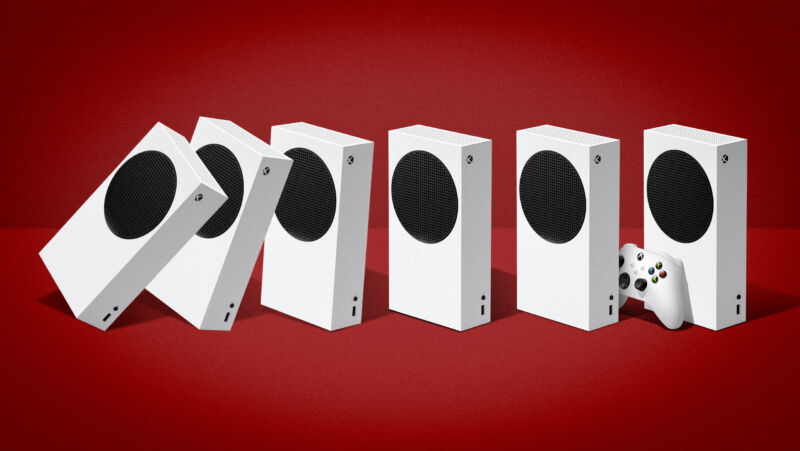Seven years later, Nintendo proves Metroid Prime 4 still exists
A wait that was “beyond” long —
2025 release could launch on the still-mysterious “Switch 2.”
It has now been almost exactly seven years since Nintendo first announced Metroid Prime 4 and over five years since the company said it was restarting work on the game with series mainstay Retro Studios. Now, Nintendo has finally shared the first glimpse of gameplay for the renamed Metroid Prime 4: Beyond, which is now planned for a 2025 release.
“After a very long time, we are finally able to share more information about this title,” Nintendo executive Shinya Takahashi said during today’s livestreamed Nintendo Direct presentation, showing a remarkable talent for understatement. Takahashi went on to also ask that fans “please wait a little bit longer” for additional information before the game’s planned release next year.
That “additional information” should include whether the highly anticipated game will launch for the Switch—as was promised in 2017—or for Nintendo’s next console, which the company recently teased via a pre-announcement announcement. Nintendo kept its promise that “there will be no mention of the Nintendo Switch successor” during today’s Nintendo Direct presentation, but a major first-party franchise game launching in 2025 definitely seems well-positioned to serve as a showcase for new hardware that Nintendo seems to be planning for around the same time frame.
Metroid Prime 4 also seems like a prime candidate to be the kind of “bridge game” that Nintendo sometimes launches across an aging console and its replacement hardware simultaneously. The Legend of Zelda: Breath of the Wild served as such a bridge game during the transition from the Wii U to the Switch in 2017, and The Legend of Zelda: Twilight Princess did so during the GameCube to Wii transition in 2006.
In 2019, Takahashi admitted that “the current development status of [Metroid Prime 4] is very challenged,” leading to the “difficult decision” to “essentially restart development” with a new internal structure under Retro Studios. “It will be a long road until the next time we will be able to update you on the development progress,” Takahashi said at the time, presaging the five-year wait for today’s trailer.
The world of 20X9
-
A familiar head emerges from a familiar ship.
-
Samus has mastered the cool three-point landing by now.
-
If you look in the background, you’ll notice Samus is getting some help from one of those Space Pirates (yes, that’s their official name).
-
No one will notice me if I transform into a tiny sphere!
-
Come meet my pets. Don’t worry, they don’t bite.
-
This cruise excursion was definitely worth the extra money.
The two-minute teaser footage for Metroid Prime 4 Nintendo released today features series protagonist Samus landing on a “Galactic Federation Research Facility” in the suitably cheesy, sci-fi-ish “Cosmic Year 20X9” (hey, maybe she’ll run into Stinkoman). Background details in the trailer point to Samus intruding on some sort of alien civil war, with familiar-looking Space Pirates firing on each other amid a barrage of anti-aircraft lasers.
The brief glimpse of gameplay we got features plenty of elements that will be familiar to anyone who has played the first three Metroid Prime games, including scanning objects for additional information, transforming into a morph ball to traverse narrow tunnels, and locking on to foes to easily circle them while firing away. The action-heavy portion concludes with the entrance of a mysterious figure in a strange, light-stripped mask breaking through an outer wall flanked by two seemingly docile metroids.
As the trailer concludes, we get a sweeping shot of a more tranquil, open area full of flowing waterfalls and giant trees, suggesting more of the exploration-heavy and combat-light puzzle-platforming sections the series is known for.
Listing image by Nintendo
Seven years later, Nintendo proves Metroid Prime 4 still exists Read More »
